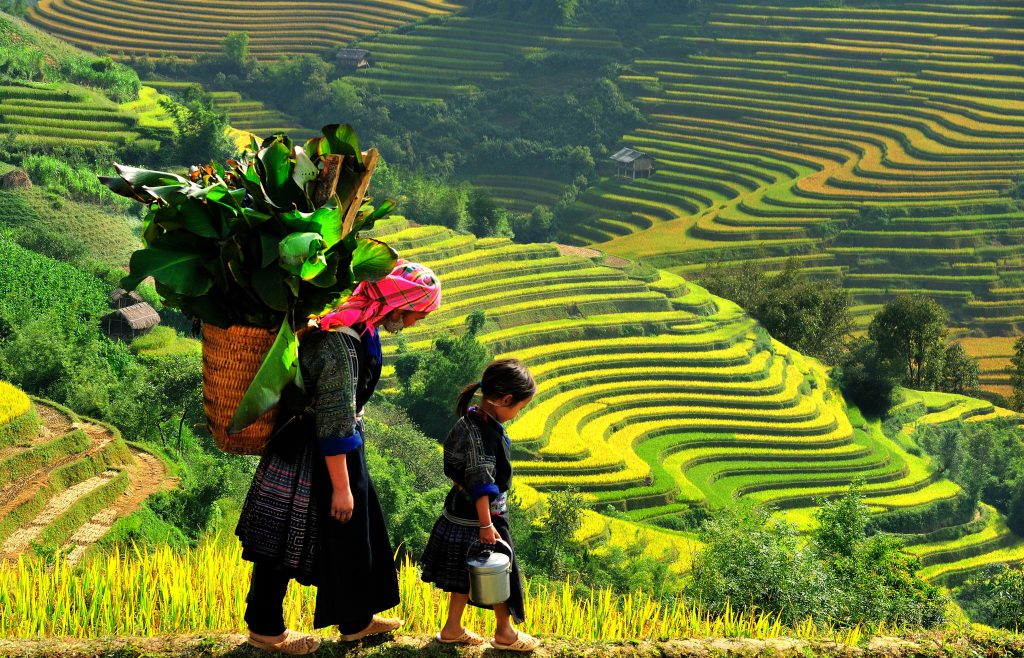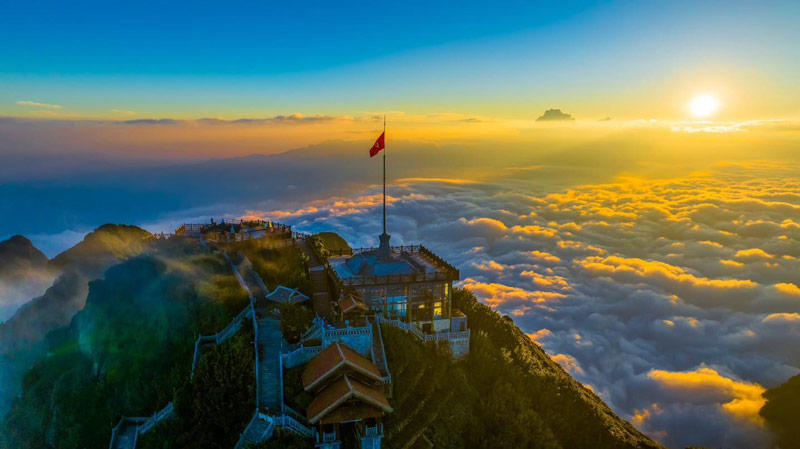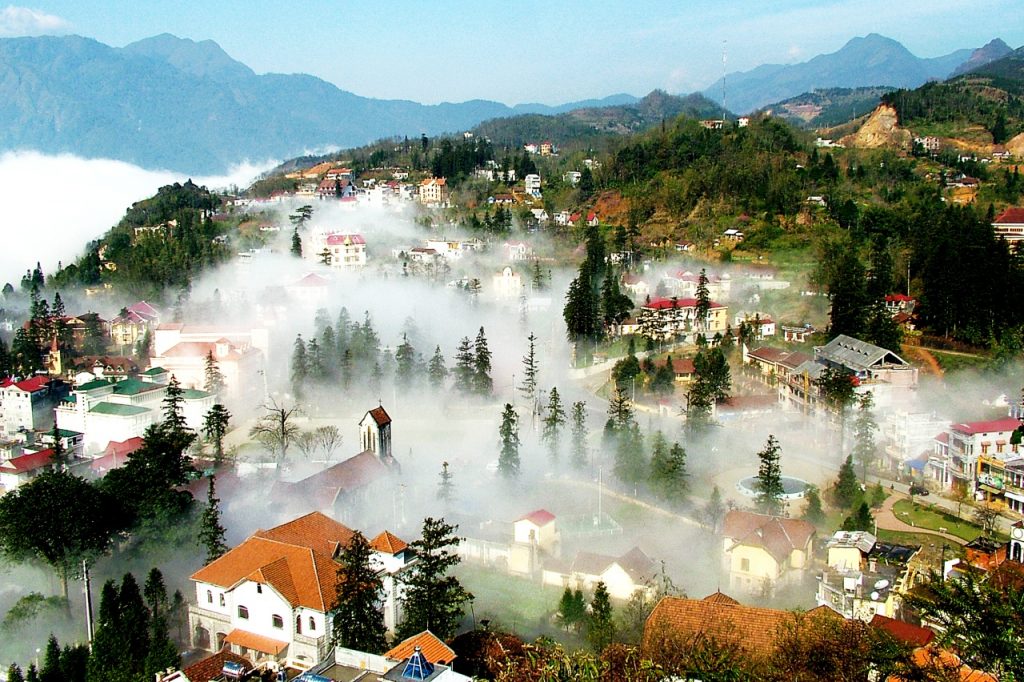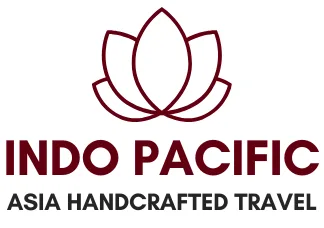Sapa Travel Guide: Explore the Magical Highlands of Northern Vietnam
Sapa Travel Guide: Explore the Magical Highlands of Northern Vietnam
Perched high in the Hoàng Liên Son Mountains, Sapa is where Vietnam reveals a different face—wild, soulful, and breathtakingly beautiful. With mist-covered peaks, emerald rice terraces carved into steep hillsides, and colorful ethnic communities, Sapa is a dreamscape for travelers seeking both natural wonder and cultural authenticity.
Why Visit Sapa?
Sapa isn’t just a destination; it’s a feeling. The cool mountain air, the smell of wood smoke from stilt houses, and the distant rhythm of traditional H’mong music create an atmosphere that lingers long after you’ve left. Here, you’ll witness landscapes shaped by generations, and traditions that time has left untouched.
Whether you’re hiking through cloud-kissed valleys, sharing a meal with a local family, or waking up to views of Mount Fansipan—the highest peak in Indochina—Sapa has the power to move your soul.

Top Things to Do in Sapa
1. Trekking Through Rice Terraces
Sapa’s iconic rice terraces are best explored on foot. Join a guided trek or go solo from villages like Lao Chai, Ta Van, or Cat Cat. Each turn reveals jaw-dropping views and chances to meet ethnic groups like the Black H’mong, Red Dao, and Tay.

2. Conquer Mount Fansipan
Rising majestically at 3,147 meters, Mount Fansipan—known as the “Roof of Indochina”—offers breathtaking views and an unforgettable adventure above the clouds.. Adventurers can tackle a multi-day hike or take the scenic cable car ride that whisks you above clouds and valleys for unforgettable views.

3. Visit Local Ethnic Markets
Every week, markets in Bac Ha, Coc Ly, and Can Cau burst into color with traditional costumes, handmade goods, and regional delicacies. These markets are not just for shopping—they’re cultural spectacles.

4. Relax in Sapa Town
Sip Vietnamese coffee in a mountainside café, wander colonial-era streets, and enjoy the serene Sapa Lake. For a local experience, try a herbal bath prepared by the Red Dao people—an ancient tradition that soothes body and soul.

When to Visit Sapa
- March to May: Clear skies, blooming flowers, and warm sunshine.
- September to November: Golden rice fields and cool, dry weather—perfect for photography.
- Winter (Dec–Feb): Cold and misty, sometimes with snow—rare in Vietnam!
Where to Stay in Sapa
- Luxury: Hotel de la Coupole – MGallery (a stylish blend of French colonial and local hill tribe design).
- Mid-range: Sapa Horizon Hotel (known for comfort and valley views).
- Budget: Family-run homestays in Ta Van or Y Linh Ho offer cozy stays and warm hospitality.
Travel Tips for Sapa
- Getting There: Most visitors take an overnight train or limousine bus from Hanoi to Lao Cai, followed by a 1-hour scenic drive to Sapa.
- Bring layers: Weather can shift quickly from sunny to foggy and cold.
- Respect local customs: Ask before taking photos, dress modestly, and support local artisans.
Final Thoughts
Sapa is more than a mountain retreat—it’s a journey into Vietnam’s cultural soul and natural majesty. Whether you’re chasing waterfalls, hiking through terraced valleys, or bonding with local villagers over a cup of rice wine, Sapa promises memories that will stay with you forever.


